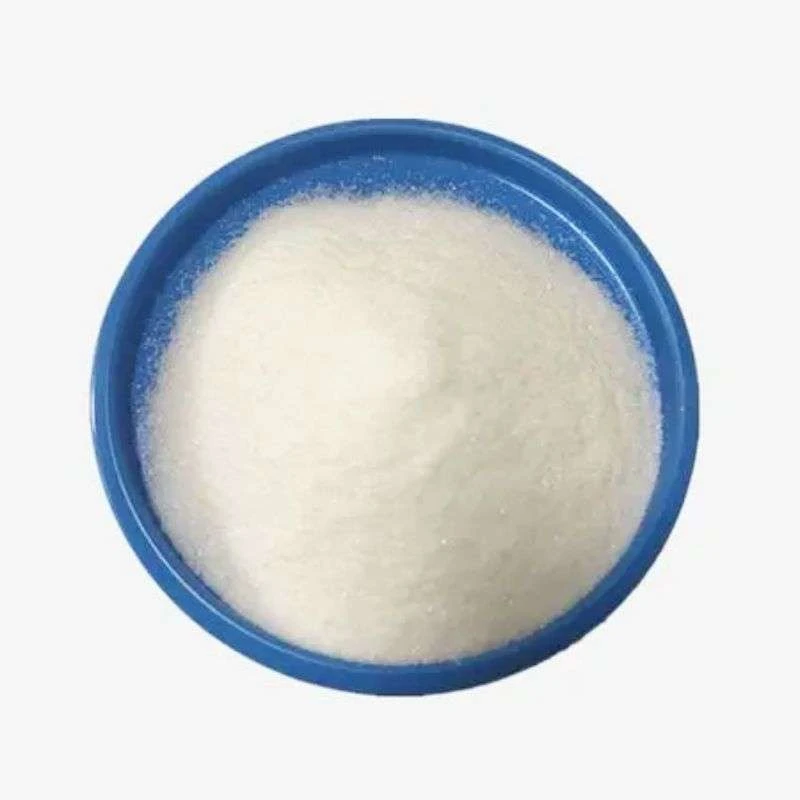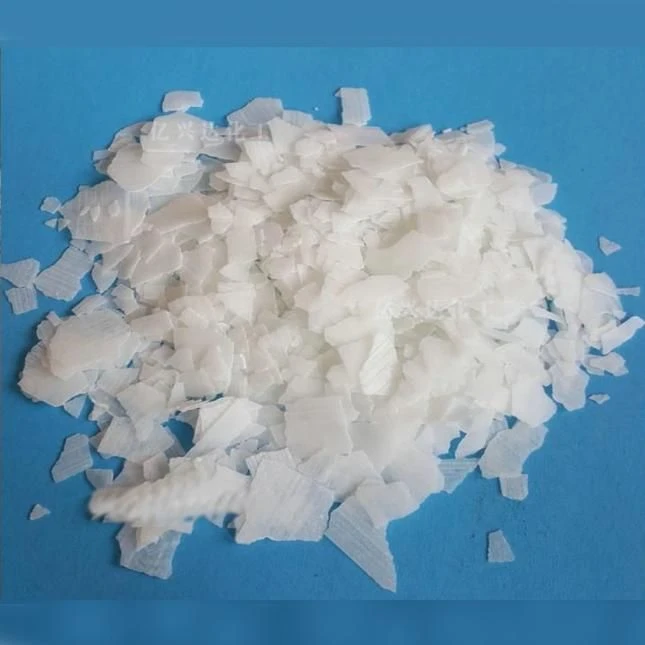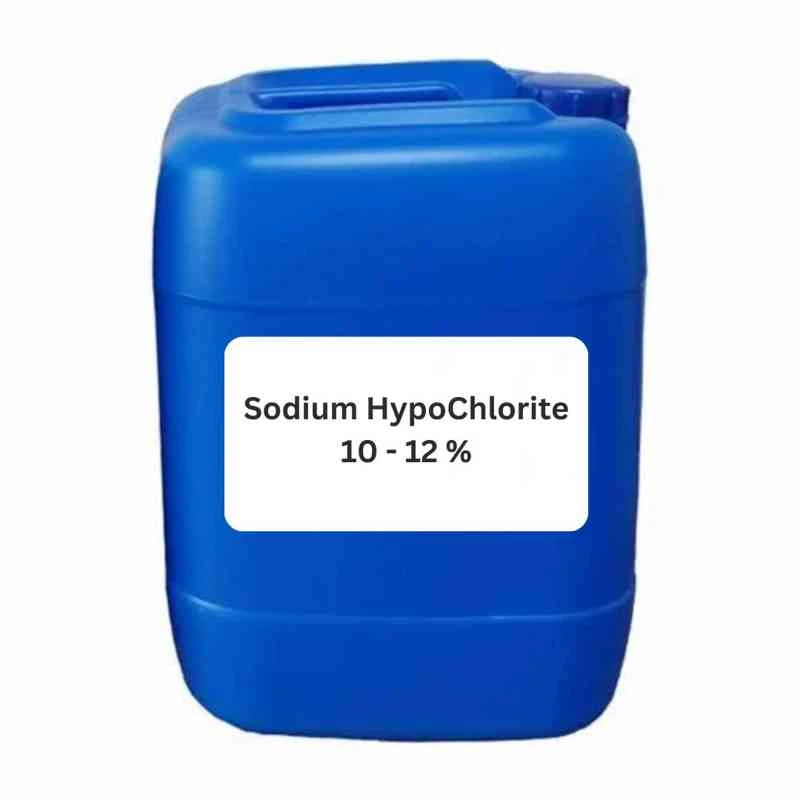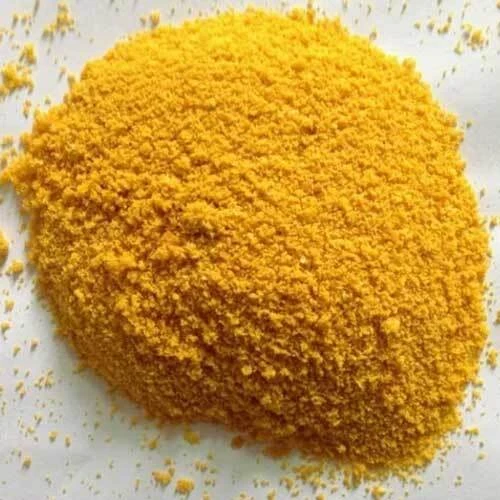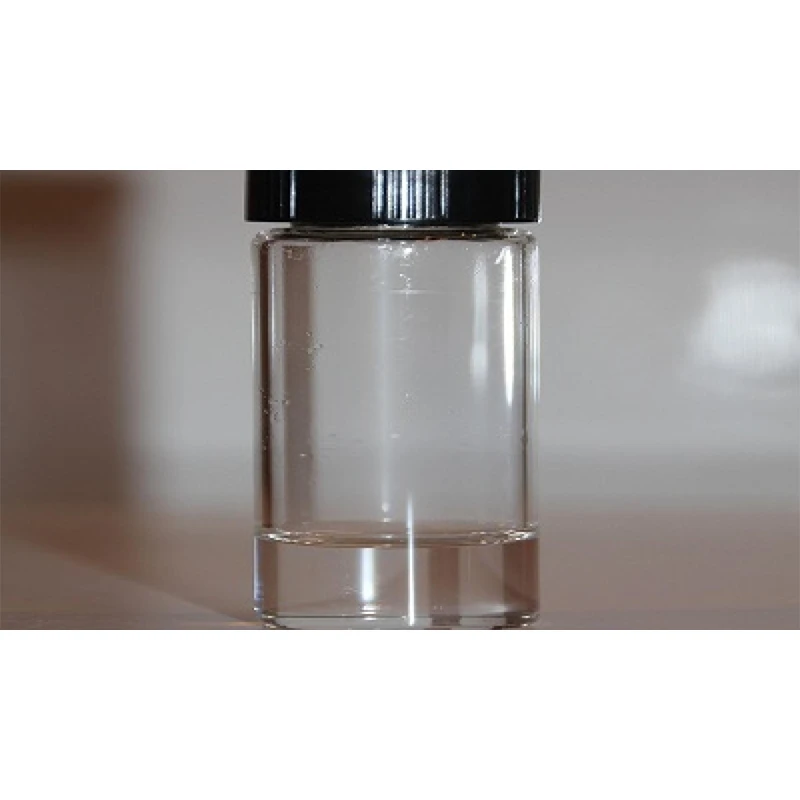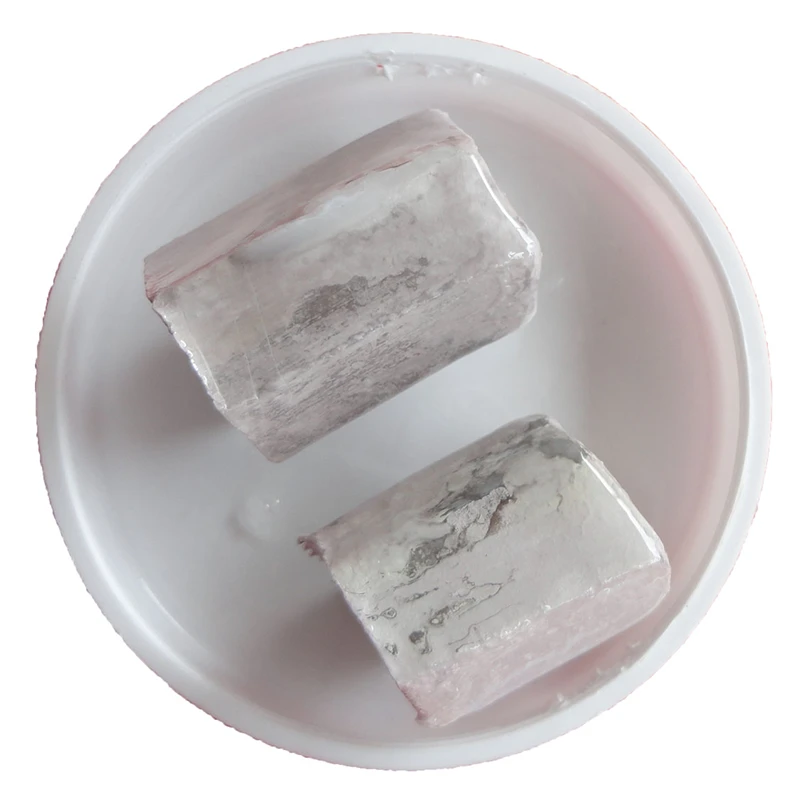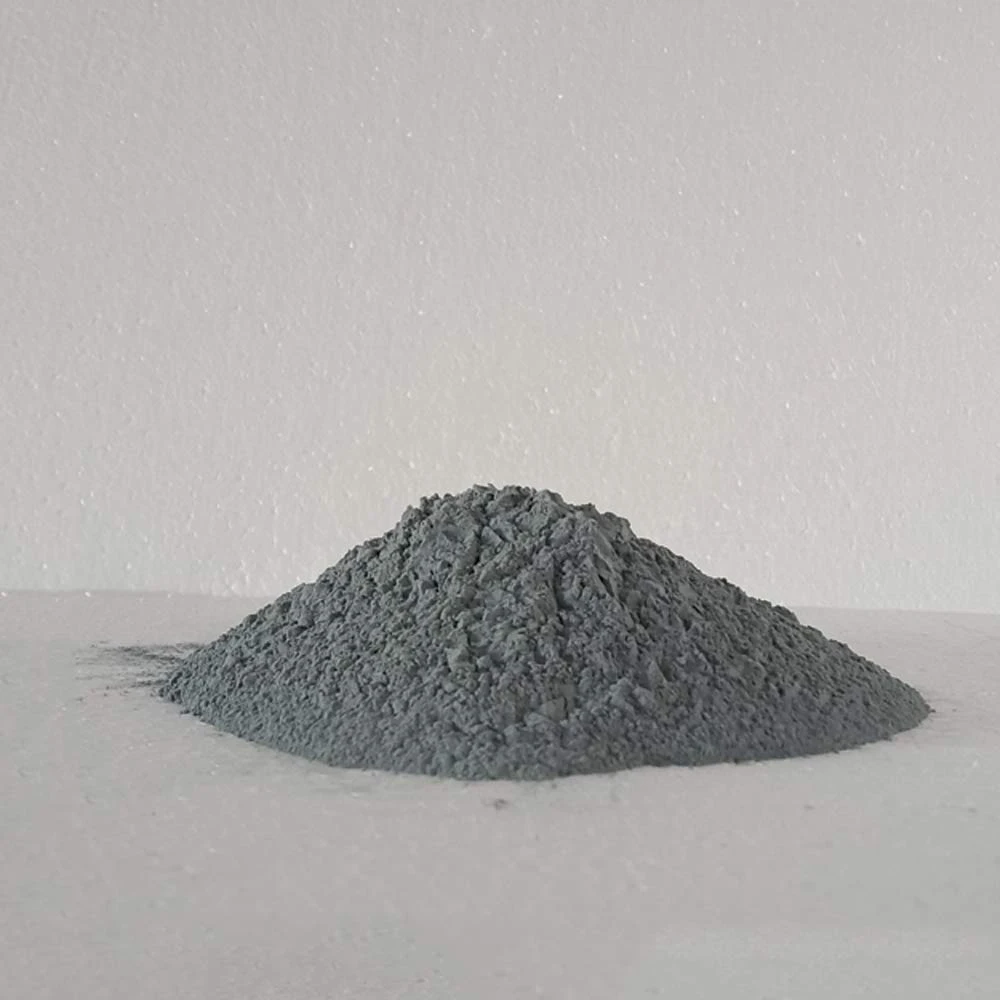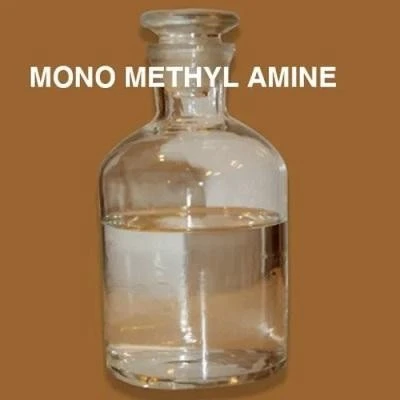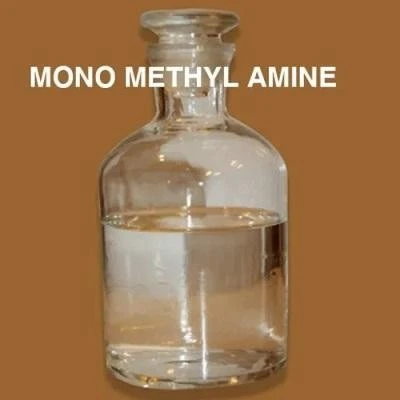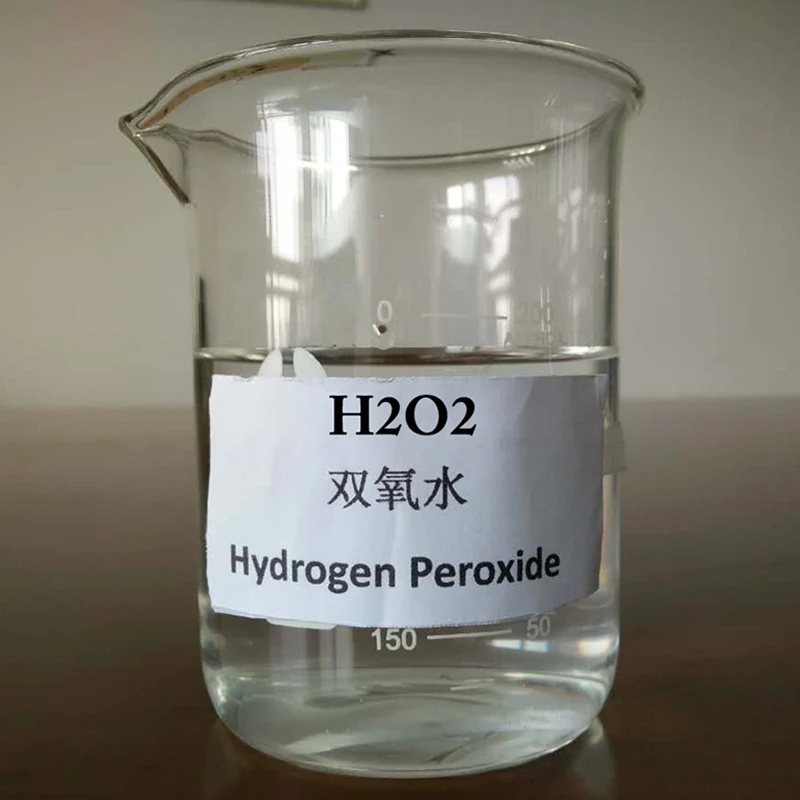


Potassium Permanganate: An Efficient Oxidant in Laboratories and Industries
Перманганат калия is a common strong oxidant, with the chemical formula KMnO ₄. It appears as deep purple crystals at room temperature and is easily soluble in water. The aqueous solution appears purple red. This unique substance holds an irreplaceable position in laboratories and industrial fields due to its powerful oxidizing ability.
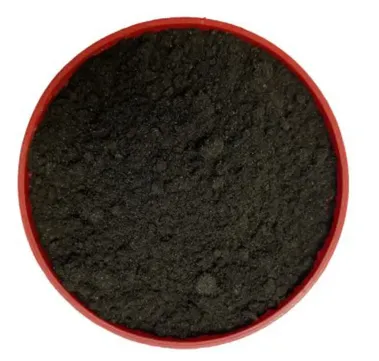
The physicochemical properties of Potassium Permanganate determine its core advantage as an oxidant
The oxidation ability of раствор перманганата калия is not strictly limited by the acidity or alkalinity of the environment, and can exhibit oxidation under acidic, neutral, and alkaline conditions, but the reaction products may vary. In acidic environments, it is usually reduced to Mn ² ⁺; In neutral or weakly alkaline environments, MnO ₂ is often generated; Under strong alkaline conditions, it will be converted into MnO ₄² ⁻. This flexible reaction characteristic enables it to adapt to the oxidation needs of different scenarios. At the same time, Potassium Permanganate has good stability and is easy to store and transport. As long as it avoids contact with organic matter, reducing agents, etc., its oxidative properties can be maintained for a long time.
In the laboratory, Potassium Permanganate is an indispensable oxidant
In the field of chemical analysis, potassium permanganate crystals are often used in redox titration experiments, such as determining the content of substances such as ferrous ions and oxalate ions. Its vivid color change - from purple red to colorless (or light pink) - allows for intuitive determination of the titration endpoint without the need for additional indicators, making it easy to operate and accurate in results. In addition, in organic synthesis experiments, Potassium Permanganate can be used to oxidize organic compounds such as olefins and alcohols, achieving functional group conversion and providing key steps for the synthesis of complex organic compounds.
In industrial production, the oxidizing properties of Potassium Permanganate also play an important role
In the water treatment industry, it is widely used for water purification and disinfection, which can effectively kill bacteria, viruses, algae and other microorganisms in water, while also removing reducing pollutants in water and improving water quality. In the printing and dyeing industry, potassium permanganate water treatment can be used as a bleaching agent and oxidant to participate in the synthesis and treatment of dyes, helping to improve the dyeing effect and color stability of textiles. In the metallurgical industry, it can be used to remove impurities and oxides from metal surfaces, improving the purity and quality of metal materials.
Attention should be paid to safety regulations when using Potassium Permanganate
Due to its strong oxidizing properties, potassium permanganate liquid can easily ignite or even explode when in contact with organic and flammable materials. Therefore, it must be stored separately and kept away from sources of fire and heat. At the same time, Potassium Permanganate has a certain degree of corrosiveness and can cause burns when in contact with the skin. When using, protective gloves and goggles should be worn. If accidentally touched, rinse immediately with plenty of water.
In summary, Potassium Permanganate, as a high-performance oxidant, plays an important role in laboratory analysis and synthesis, as well as industrial water treatment, printing and dyeing, metallurgy and other fields due to its flexible reaction characteristics and stable chemical properties. Although safety should be taken into account during use, its value in promoting chemical research and industrial production development is indelible, and it has always been an important substance highly relied upon in the field of chemistry.
Potassium Permanganate FAQs
What are the main chemical properties of Potassium Permanganate?
Potassium Permanganate is a strong oxidizing agent that appears as deep purple crystals, easily soluble in water, and has a purple red solution. It can undergo oxidation reactions under acidic, neutral, and alkaline conditions, but its oxidation ability varies with changes in pH. Under acidic conditions, the oxidation is strongest and is commonly used for titration analysis. Potassium Permanganate is prone to decomposition when heated, releasing oxygen, so it is necessary to avoid high temperatures and contact with organic matter during storage.
What are the common uses of Potassium Permanganate in the laboratory?
In the laboratory, Potassium Permanganate is commonly used in the oxidation reactions of organic compounds, such as the oxidation of alcohols to carboxylic acids or ketones. It is also used for water quality analysis and determination of chemical oxygen demand (COD). In addition, Potassium Permanganate solution can be used for disinfecting equipment or as a color developer, as its color changes significantly during the reaction, making it easier to observe the reaction endpoint.
What are the industrial applications of Potassium Permanganate?
In industry, Potassium Permanganate is mainly used for wastewater treatment, which can effectively remove harmful substances such as sulfides and phenols. It is also used for metal surface treatment, such as removing rust from steel surfaces. In chemical production, Potassium Permanganate can serve as an intermediate for synthesizing other chemicals. In addition, certain special industries utilize its strong oxidizing properties for bleaching or decolorization.
What safety precautions should be taken when using Potassium Permanganate?
Potassium Permanganate is highly corrosive and oxidizing, and contact with skin or eyes may cause burns. Protective gloves and goggles should be worn during operation. Avoid mixing with reducing substances such as glycerol and alcohol to prevent violent reactions or even explosions. When storing, it should be placed in a cool and dry place, away from flammable materials. The abandoned Potassium Permanganate needs to be neutralized and cannot be directly discharged.
What is the oxidation mechanism of Potassium Permanganate?
The oxidation of Potassium Permanganate depends on the valence state change of manganese element (reduction from+7 valence to+2 valence,+4 valence, or+6 valence). In an acidic environment, it is reduced to colorless Mn ² ⁺; Under neutral or weakly alkaline conditions, brown MnO ₂ precipitates are generated; In a strongly alkaline environment, green MnO ₄² ⁻ is generated. The reduction products under different conditions determine their oxidation ability and application scenarios.
-
Sodium Chlorate: A multifunctional chemical product with chlorine dioxide preparation as its coreНовостиAug.15,2025
-
Imidacloprid Insecticide: A Model of Highly Effective Systemic InsecticidesНовостиAug.15,2025
-
Imidacloprid Insecticida: A Highly Effective Insecticide Targeting the Insect Nervous SystemНовостиAug.15,2025
-
Dmso Dimethyl Sulfoside: A Multi functional Assistant in Chemical SynthesisНовостиAug.15,2025
-
3 5 Dichlorobenzoyl Chloride: a key intermediate in drug synthesisНовостиAug.15,2025
-
Zinc Chloride: a reliable stabilizer for ice dye color salts in the dye industryНовостиAug.11,2025
-
Propargyl Alcohol: A Multifunctional Chemical Additive in the Industrial FieldНовостиAug.11,2025
